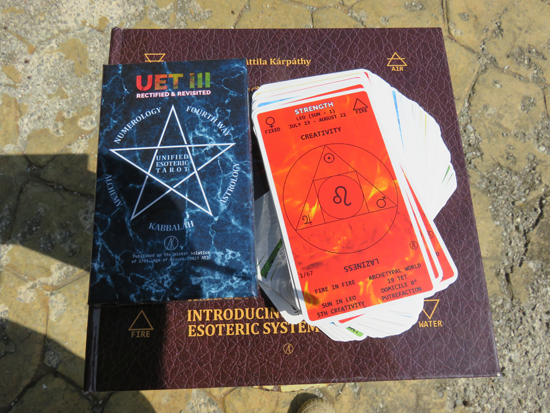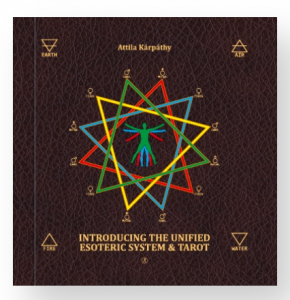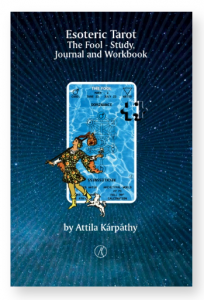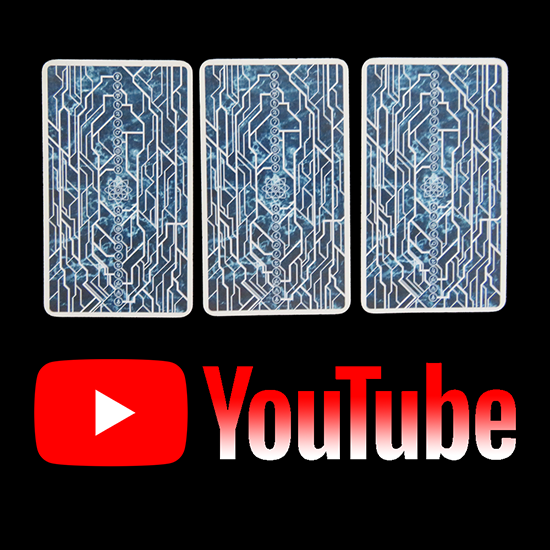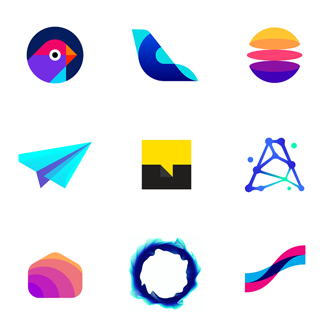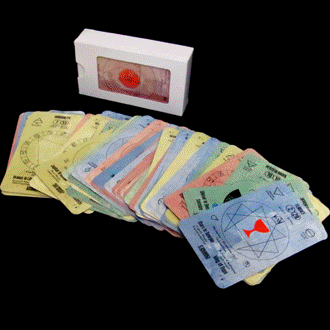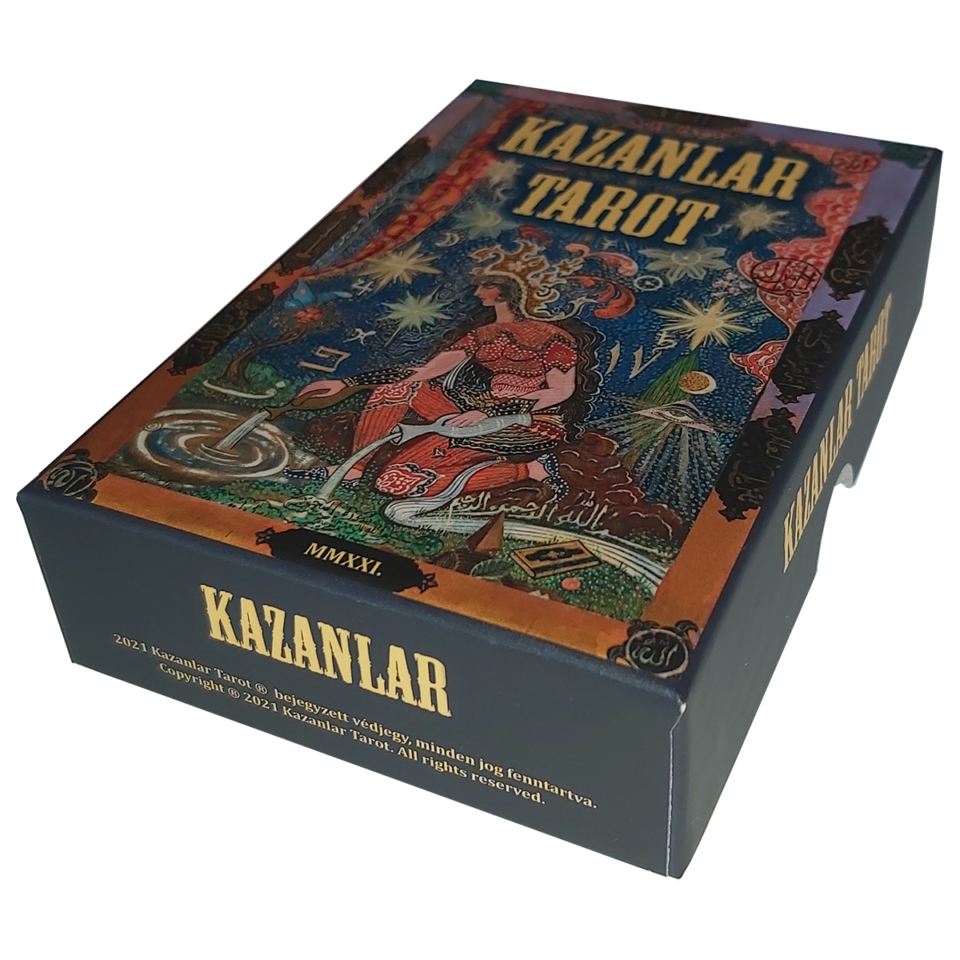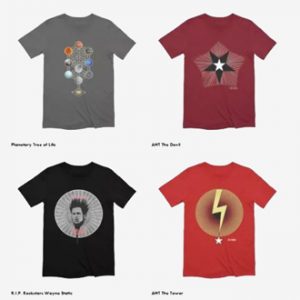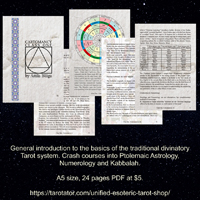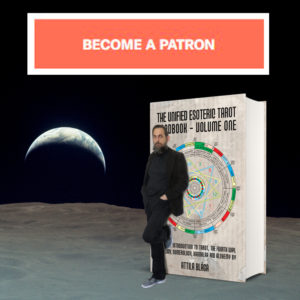We have been misled that the Tarot is a matter of intuition and the native or acquired capability to interpret pictograms into stories.
In a recent Facebook post (7.14.2024), famous Tarot scholar and author Mary K. Greer noted: “Thinking that being a supposedly ‘intuitive tarot reader’ gives you license to say anything you want to querents without any relevance to the cards drawn or even the question asked can be totally irresponsible and often WRONG. I’ve never said this so blatantly before, but I have seen so many opinionated and irresponsibly biased responses on tarot FB practice reading groups and on some TikTok videos that I finally have to make my own opinion clear.”
I replayed that intuition should be knowledge-based and developed through practice. Unfortunately, most intuitive readers replace the learning process with developing fairy-story telling capabilities and trying to guess what the querents want to hear.
“The relevance to the cards” primarily comes from their astrological attributes.
Astrology constitutes the foundation and the structural skeleton of the Tarot deck.
Even more, it gives the basic meaning of the cards.
Thus, understanding these connections and learning basic astrological notions is the minimal requirement for becoming a genuine Tarot reader.
“Reader”, by definition, is somebody who learned to read, and the primary language of the Tarot is Astrology. As a result, Tarot is not an intuitive guessing game but a knowledge-based reading practice.
The Tarot deck is a symbolic map of our solar system and a road map of life on Earth and human evolution.
“As above, so belove” reflects the macro and micro cosmos relationship.
The microcosm–macrocosm analogy refers to the ancient view that identifies a structural connection between the cosmos, the macrocosm, or the great order, and the human being, the microcosm, or the small order.
We can recognise this principle in the Major and Minor Arcana of the Tarot deck.
The word arcanum, pluralised as “arcana”, came from the Latin arcanus, meaning “secret”. Arcana signifies mysterious or specialised knowledge, language, or information accessible or possessed only by the initiate.
The Major Arcana cards show the planetary movements and influences, while the Minor Arcana cards refer to the day-to-day life and experience here on Earth.
Each Tarot card is an amulet, respectively a portal.
In order to understand amulets and portals, we have to speak about Harran first.
Harran was founded between the twenty-fifth and twentieth centuries BC as a merchant colony by Sumerian traders from Ur. Harran is situated at an important geographical crossroad between the Euphrates and Tigris rivers and the border between the ancient Mesopotamian and Anatolian cultures.
Ḫarrānu means “journey”, “caravan”, or “crossroad”.
The city of Harran rapidly grew into a major Mesopotamian cultural, commercial, and religious centre, preserving at least part of the learning of ancient Mesopotamia into medieval times.
They believed that the planets were conduits for divine energy and that anyone trained in the requisite knowledge could use this divine energy. Supposedly, at least seven temples in Harran were dedicated to worshipping a different deity.
Michae Baigent, in his “Astrology in Ancient Mesopotamia”, noted: “Each of the star temples in Harran was a type of “talisman” designed to draw down the influences of the god into itself. The ancient Babylonians and Assyrians believed that the god was immanent in their statue, and the builders of Harran took that idea a stage further. Their temples themselves, not just the divine images, were built in such a way that the entire structures would be infused with the presence of the god, that god to whose planet the temple was dedicated.
In talismanic magic, a deity’s power is attracted into or coerced into a physical object, where that power resides in concentrated form.”
The original Tarot cards were built similarly using talismanic Magick. The cards are both portals and amulets.
The Unified Esoteric Tarot deck was designed in a similar manner in an effort to restore the Tarot’s original functions and efficiency.
The symbols embedded in the cards are channelling these cosmic energies.
In some languages, the reading of cards is also called “opening” – as a reference to open portals. Each card is a portal for channelling a particular energy.
When someone touches these cards, they unconsciously will be drawn by these energies to particular cards. This is how the cards are selected for readings, and based on those cards, the forecast is formulated.
The Tarot deck’s fundamental architecture and spiritual and functional structure are astrological.
Additionally, numerological, alchemical, kabbalistic and other symbols have been added to improve and finetune the content and performance of the deck.
On the one hand, the Tarot deck preserves and transmits esoteric knowledge; on the other hand, it is an instrument of divination.

